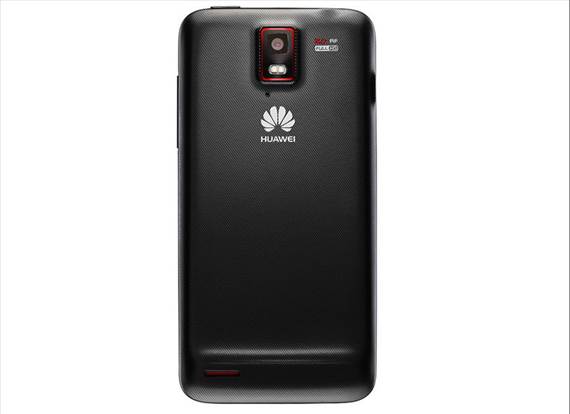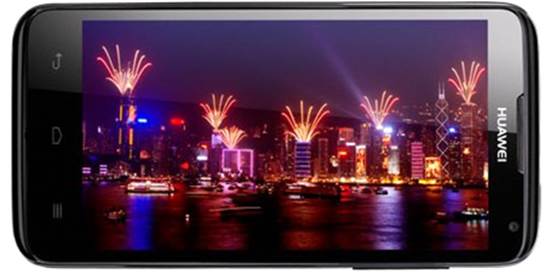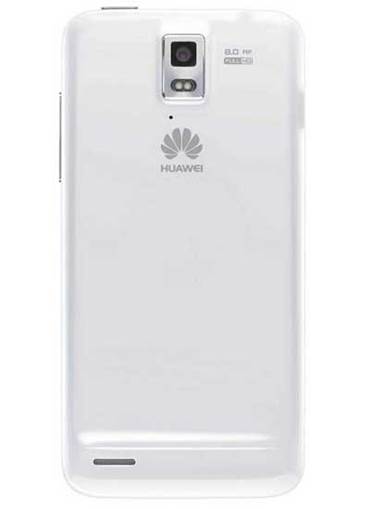Camera
Camera 8MP wrapped in D1 Quad XL is the
best attempt of Huawei till now, but we’re not sure that it’s something hard to
achieve, based on the fact that it’s excellent in the cheap phone category for
years. It’s a pretty good performer in some respects while extremely lacks in
other fields, making us hard to introduce it against the Android giants such as
Samsung Galaxy S III or HTC One X.

Camera
8MP wrapped in D1 Quad XL is the best attempt of Huawei till now, but we’re not
sure that it’s something hard to achieve
Though most of the core Android apps are
available, the camera app of D1 Quad XL isn’t. The shutter, gallery-accessing
button and camcorder switch are all sit on the right sidebar, while the front
camera switch and the flash options all locate on the top right. The left sidebar
is hidden from the visibility until you need it – it slides out and offers
shooting modes, effects and settings. There are a plenty of settings to satisfy
the amateur mobile photographers: there’re lowlight, HDR, burst shot mode and
smile shot, panorama, effect, ISO, white balance, red-eye reduction and a group
of adjustments for exposure, saturation and brightness. Most of them do the
right job as you expect, but still leave behind some regretful things. First is
the lowlight capability, which we put high expectation in regarding consisting
of BSI sensor (backside-illuminated) of XL. We have compared several lowlight
pictures from XL with the ones we shoot side by side on Galaxy S III, and we’re
surprised because of the differences: GSIII does a much better job in
processing errant light, removing the unnecessary noise and enhance the night
shots compared to XL. We have put forth an example below, and included lots of
comparing pictures between the 2 devices in the sample gallery. On the other
hand, the LED flash is bright enough and helps the camera does a good job in
shooting colors.
As Ascend P1, macro mode doesn’t really
exist here. However, we don’t; think that you will miss it too much, because we
can keep stable focus on the subjects 5cm away from the camera, pretty close to
what Galaxy S III can do in dedicated macro focus. On the occasion of talking
about special settings, the panorama photos are completely good, but they’re
limited in the radius of 90 degree. If you want to shoot an entire scene, this
means that you need to shoot a lot of panorama photos to have that effect. HDR effect
depends on many scripts. We realize that the images normally prioritize for
poor exposure, which leads to excellent photos in dull weather and lowlight
conditions (they turn out to be better than the same photos of Galaxy S III), but
in the other hand making daylight photos look darker than they should be. To
the daily situation, camera XL almost matches the standards set by Galaxy S III
and One X, but we can’t say that it beats these 3 devices in any special
scenario. The images are detailed enough and the camera excels in shooting
natural light and dynamic range, but we realize that some colors seem to be
washed out in direct sunlight. Resulted images are less saturated than those
shot by GS3, and they’re not as fresh as what we see on One X. the file size is
the same as what we expect, so compression is nothing to concern here. Don’t
misunderstanding – images in normal scenario are still fine and will absolutely
please almost everyone, but they’re not equally good or better than the best 8MP
modules you can find.

On
the occasion of talking about special settings, the panorama photos are
completely good
You need to pay attention if you don’t have
microSD card, because you will regularly have to face with a warning message
when boosting the app which informs you that all your just-gained treasure will
be saved on the phone. It’s a small inconvenience and the message disappear
after a few seconds, but we normally want to start shooting immediately as we
enter the app, and we quickly become tired with this message which pops up at
the center of the viewfinder. There’s no way to turn off the shutter sound, regardless
of your volume settings.

Max
resolution is 1,080p, and videos are recorded in MPEG-4 format with frame rate
of 24.8fps
Camcorder ability on Quad XL is a little
lacking. Max resolution is 1,080p, and videos are recorded in MPEG-4 format
with frame rate of 24.8fps – 30fps lower than what we used to see on
competitive phones such as Galaxy S III and One X. After all, this makes the
film lack details, have more noise and stutter (irrespective of whether we
stand still or slowly pan back and forth) we love the 720p scene more than the 1,080p
one in this situation, because it’s smoother and less headachy, but we still
have trouble imagining that resolution as HD. Fortunately, the sound quality is
excellent in all of our video samples. Another complaint is that in fact, you
can’t record video and take pictures at the same time, you can’t even take
pictures from these video later. Available autofocus (to be honest to say, it’s
overused than our hobbies), but you’re not given with any manual focus option
such as tapping to focus.